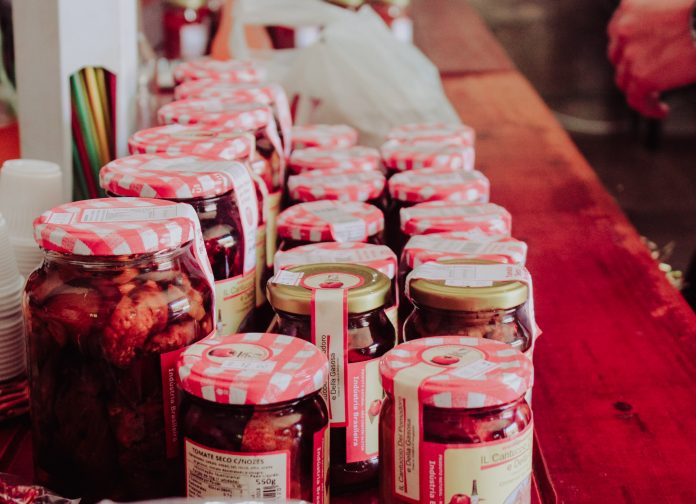Jams have been known in the West since at least the Crusades when methods of making them were brought home by returning knights and soldiers. It is one method of preserving fruits and was originally a process that was done near-exclusively in the home. However, these days there are industrial processes that make jams for commercial use. One might be inclined to wonder how different the process is from making one at home.
As it turns out, jams, marmalades, and jellies all have similar processes behind their production. The industrial method of jam-making uses more equipment and is on a much larger scale, but the fundamentals of the process remain the same. Here’s a quick look at how it’s made.
Core Ingredients
The typical jam uses fruit as the core ingredient. It might be a single one or a combination, for added flavor. The tendency of the fruits chosen is that they are harvested during fall, and the ripeness required will vary. For instance, strawberries, raspberries, and peaches are best underripe. On the other hand, plum and cherry jams are best if you pick them ripe.
The typical jam producer will have a close relationship with farmers that they source their fruits from. This allows them to have better control over the quality of the core ingredient used. They are also built close by, to keep the transit time between farm and facility under 48 hours.
Sugar
Sugar is added as a sweetener, though high fructose corn syrup is a substitute. Cane sugar is considered ideal for preserving the fruit ingredients, while granulated is for crystallizing. Both will be acquired from an outside supplier.
Pectin
A third core ingredient is pectin, used to allow the fruits to form the gel. This is not necessary, depending on the fruit. Apples, cherries, blackberries, grapes, and cranberries all have natural properties that make gelling easier.
On the other hand, strawberries and apricots require more gelling agent introduced to the process or blended with other fruits with high pectin content. In some cases, the agent may be extracted from dried apples.
Citric Acid
Citric acid can be added as a balancing ingredient. Usually, these will be from lemon or lime juice. Others might choose to ferment sugars to acquire it.
Assorted Ingredients
Finally, flavoring may be added while the mix is in an industrial blender machine. Vanilla, mint, rum, and cinnamon are commonly used, but other options are not unheard of in the industry.
Inspection and Cleaning
Once the ingredients are assembled, the next step is the inspection. The fruits are graded and sorted, with spoiled ones removed from the batch. This will be done by hand, as no machine is quite capable of detecting the flaws yet. The ones that are deemed acceptable will be washed, though care is taken to prevent bruising or damage.
Peeling and Pulping
Once cleaned, the fruits are peeled. Some of them, like citrus and apple, must be peeled by hand. Others handled by machines. There are also some fruits that don’t need peeling or may be subject to pitting to remove hard internal parts. After the removal of seeds and cores, the fruits then get pulped.
The fruit pulp will then have sugar and pectin added. Water is also used, though not always. Depending on the fruit in question, the water is useful to bind the sugars, allowing the pectin chains to work freely. High pectin content creates a harder jam, while high sugar content makes it stickier.
Boiling
Boiling is often cited as the most critical step in making a jam. Industrial machines will bring the product to a pre-set heat, waiting for the sugar in the pulp to dissolve. Citric acid is added during the boiling process when the jam is at the right heat.
This is a time-consuming process and the machines will typically be left alone to do their work, with only occasional monitoring to ensure consistency of temperature or adding small amounts of butter to break the surface tension and remove any foamy formation on the surface.
Bottling and Cooling
Once completed and while still hot, the jam is poured into sterilized bottles. These bottles are then put into a water bath to begin the cooling process necessary before sealing. All of this procedure is performed by machines, with only minimal human supervision required for quality inspection and checking if everything is going consistently.
Quality Control
Quality control also steps in to take random samples at specific points in the process. The most typical is after the bottling but before vacuum-sealing, so the batches can be checked if they contain any microbial organisms. These should not be present in the final product. Color, taste, and consistency will also be checked at various points in the process to ensure the quality of the jam.
Conclusion
Industrial jam making is a larger-scale endeavor than making it at home. The core of the process remains the same, but there is greater attention to detail and quality, along with adherence to industrial standards. However, the result is the same delicious sweet treat.

